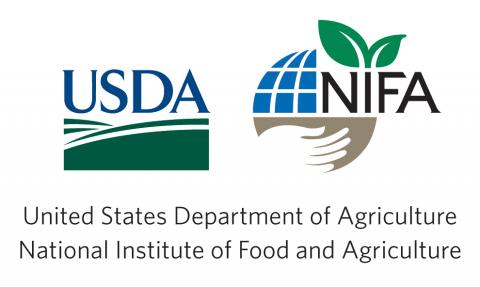
Tremendous progress has been made mapping and characterizing the swine genome. This new information can be used to develop a strategy to determine specific genomic tests for evaluating economically important traits, specifically ovulation rate in swine. Determining ovulation rate can then be used for choosing breeding stock.
The major objective of this project was to test the hypothesis that high-resolution SNP mapping and linkage disequilibrium (LD) can be used to fine map QTL in commercial populations. To test this hypothesis we accomplished the following:
1. Developed a high-density comparative map of SSC8 utilizing homologues from the human genomic sequence of HSA4. Transcripts identified by comparative annotation and sequence similarity (COMPASS) were RH mapped and sequenced to identify coding SNPs
2. Developed a physical BAC contig of SSC8 region containing ovulation rate [corpora lutea] by fingerprinting and sequencing to identify SNPs
3. Developed a SNP haplotype map of the SSC8 region for use in linkage studies of ovulation rate in commercial populations. SNPs were used to determine allele frequencies in phenotyped animals as well as in commercial germplasm. SNP haplotype maps were then be constructed for each breed.
PROJECT METHODS
Our central hypothesis was that SNP haplotypes in linkage disequilibrium with phenotypes can be used to select animals with high ovulation rates. Research efforts integrated emerging genomic sequence information from many species with QTL maps to create a genomics platform in livestock. We made significant progress with respect to creating a BAC contig of the pig genome and in genomic sequencing. To date, over 50,000 BACs have been fingerprinted and well over 40,000 BAC ends sequenced. Our group used the Comparative Mapping by Annotation and Sequence Similarity (COMPASS) tool to capture homologous genomic segments across species to permit rapid map construction and participated in the development of whole-genome radiation hybrid mapping to permit mapping of ESTs and other markers with low heterozygosities. We now have the ability to isolate ESTs and BACs using homologous sequence information, map and create a BAC scaffold for a targeted region, and initiate targeted BAC sequencing to isolate SNPs for a region containing a QTL. This provides a new approach to translate experimental observations using diverse crosses by linkage disequilibrium to commercial populations. Hence, sequence information can provide a new tool to overcome the cost of mapping traits in large pedigrees.
IMPACT
Significant association (P<0.05) was detected with growth rate (birth to final, wean to final, grower to final), and carcass traits (lean percentage, backfat depth, loin eye area) in these two populations, and reproductive traits (copora lutea, gestation length) in the Illinois resource population. These results can be applied to assist pig breeding and selection for building better hogs with faster weight gain, better meat quality and larger litter size.
PUBLICATIONS
Chen, K., T. Baxter, W.M. Muir, M.A. Groenen, and L.B. Schook. (2007). Genetic resources, genome mapping and evolutionary genomics of the pig (Sus scrofa). Int. J. Biol. Sci. 3, 153-165.
Chen, K., L.A. Rund, J.E. Beever, and L.B. Schook. (2006). Isolation and molecular characterization of the porcine transforming growth factor beta type I receptor (TGFBR1) gene. Gene, 384, 62-72.
